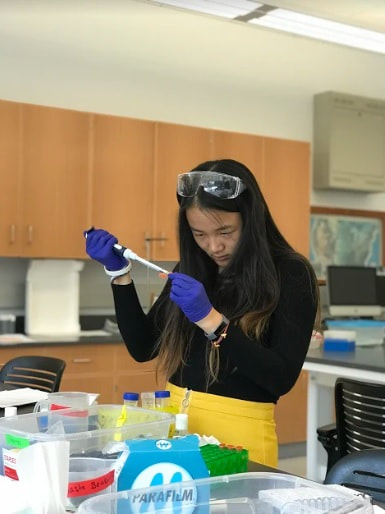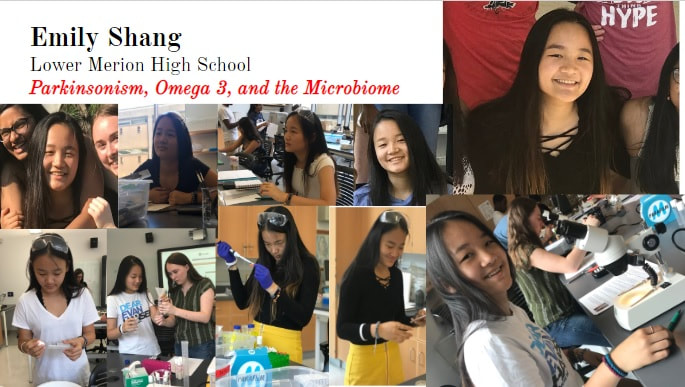|
Wow, 5 weeks has passed in a blur! I feel like it was literally just yesterday when I was meeting all of these people, and introducing myself. Yet strangely, so much has happened since then. Not only did we quickly all familiarize ourselves with each other, we have also just completed lab work and research for our independent research projects. My independent project centered around Parkinson’s Disease and its effect on the microbiome. Since Omega 3 is meant to decrease inflammation in inflammatory neurodegenerative diseases like Alzheimer’s, and Parkinson’s is an inflammatory neurodegenerative disease, I figured it would help the microbiome, and help alleviate symptoms from the Parkinsonism. For my independent project, I performed two assays: the negative geotaxis assay and the microbiome test. The negative geotaxis assay was a lot of tedious work, such as sorting with ice and running the risk of condensation drowning flies, and running through all your vials 7 times everyday during lab, however the assay produced a lot of useful results. For example, the negative geotaxis assay told me numerically just how far the average fly from each vial travelled, and it was easy for me to produce graphs that visually displayed my results too. At first glance, the microbiome assay looked difficult with all the different materials used to culture the bacteria. Really, all of the complicated stuff is to make sure that no other types of bacteria outside of their gut microbiome gets into your sample and contaminates it. In simple terms, the microbiome assay requires sterilizing the outside of your flies, smashing the bodies into tiny pieces in certain amounts of broth that helps culture bacteria, then diluting that solution, and dripping it onto an agar plate so you can isolate colonies and grow them in the incubator. To quantify your colonies, you look at color, shape and size to distinguish different species and types of bacteria. Both of these assays were honestly a lot of fun, and though there were frustrations and failures along the way, I’m really glad I used these two for my project. After five sessions, the results of the assay is that Omega 3 ALONE greatly boosts the flies’ activity and motility in the negative geotaxis assay, and also helps diversify the microbiome. However, when Omega 3 is combined with the Paraquat, as in flies with Parkinsonism also take the drug, they are much more likely to die and perform even poorer on the negative geotaxis test than the flies who were treated with only Paraquat. The flies treated with paraquat also had lower amounts of bacteria and less diversity in the microbiome. This brings up more questions that beg for more research such as… should people with Parkinson’s limit their intake on foods with Omega 3? Could looking at the microbiome and how it is affected by Parkinson’s lead to better treatment for those affected or a cure?
TRIP has clearly given me extensive knowledge of research and flies, and a broader perspective in the general field of science. However, despite the focus of this program being the flies, and how to treat them, we’ve gained something more invaluable: we’ve learned how to be curious, courteous scientists. We understand how to behave in a real life work or lab scenario, and we have formed bonds with people who will likely lead our society to big things in the future. We know how to ask questions, be professional, and have taken great steps in public speaking. Most importantly, we have been shown the true purpose of science: it’s asking important questions that may improve people’s lives, and presenting this in a way that others may understand it. Because of TRIP, I can truly see my future ending up intertwined with science and research.
0 Comments
Your comment will be posted after it is approved.
Leave a Reply. |
Archives
April 2024
Categories
All
|


 RSS Feed
RSS Feed